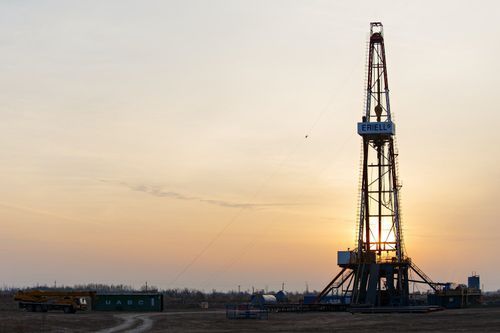Phoenix Hydrogen, a salt cavern storage developer based in Berkeley, California, has hired a financial advisor to run a sale of its primary project in Arizona, according to two sources familiar with the matter.
Scotiabank is leading the process, which will launch next week, the sources said. The sale is for 100% of the company’s first project near Kingman, Arizona. The project is expected to reach FID in the next 18 months.
Phoenix CEO Shawn Drost said in an interview that the company is informally seeking a platform equity investment as well but is only willing to take on a minority partner. An equity sale would need to raise an amount in the “low-tens” of millions, he said. It’s a difficult proposition, as equity providers in the space tend to demand majority positions.
The company wants to bankroll projects from beginning to end as an owner operator, he said, but requires capital to do so.
Phoenix, a six-person team, has a relationship with GHD Group for EPC, he said. The company is seeking relationships with production-side developers to sign site and storage leases.
Scotiabank did not respond to requests for comment.






